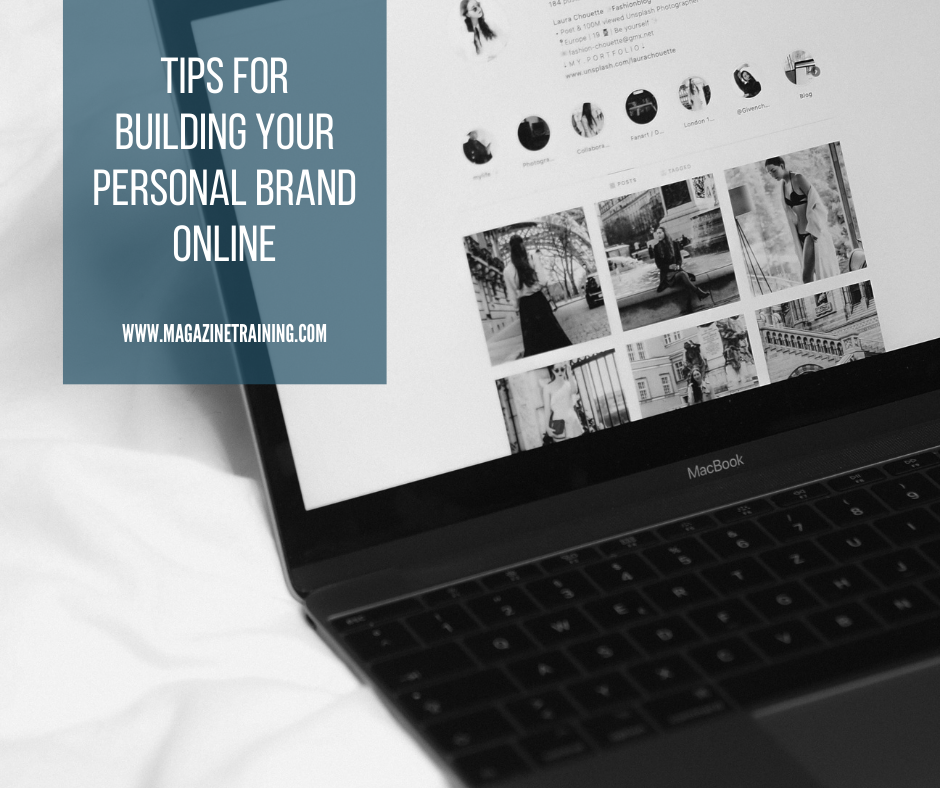
Creating and maintaining a strong brand online can help boost your public profile immensely in today’s digital age. Building up your portfolio and understanding how to engage with your audiences might seem like daunting tasks at first, but there are some key steps you can take to better explain what you bring to the media industry.
Presented by IJNet’s parent organization, the International Center for Journalists and the National Association of Hispanic Journalists (NAHJ), and supported by the Meta Journalism Project, the Building Your Brand program sought to help journalists of color in the U.S. with this effort. Through a series of expert-led workshops, the initiative trained media professionals on skills to market themselves in a clear, consistent and secure way.
Here are some tips from the workshop series you can follow to build your personal brand.
Identify your mission
One of the first questions you should ask yourself when attempting to build a brand is: “What goal am I trying to achieve with it?” said Los Angeles Times Multiplatform Editor Elvia Limón. This question will help you identify who you are trying to reach, how you will do so, and why you should be their source of news.
This is also a good time to ask yourself how much time you can commit to your brand. Answering these questions will help you decide what your online presence should look like.
Be intentional with your online presence
A major component of building a strong brand is accessibility, meaning your online profiles should be public. This doesn’t mean you can’t also have private accounts for interacting with friends and family, but your branded accounts should be open to the public, and you should try to engage there regularly. It also helps to keep an eye on what topics are trending and identify ways you may be able to connect with them. This can help grow your audience.
You should be aware of the ways in which a post may need to be tweaked depending on the platform. You may, for instance, publish a longform post on Facebook, a shorter post on Twitter, a short video on TikTok and a graphic on your Instagram feed. These can all have the same message, but tailored in ways that make sense for the different platforms’ format and audience.
You shouldn’t feel pressured to use every platform if it’s overwhelming, or if certain formats don’t fit your brand identity, advised freelance audience strategist and journalism professor Adriana Lacy.
Consider a newsletter
A newsletter can be a great way to maintain a direct connection with your audience. While social media sites give you access to large numbers of readers, they don’t offer you the same amount of control as your own newsletter and can be unpredictable. A major update or site crash can disrupt even the most well-planned out social media announcement.
by Chanté Russell, International Journalists’ Network
Photo by Laura Chouette on Unsplash
Related posts
Magazine Training International’s mission is to encourage, strengthen, and provide training and resources to Christian magazine publishers as they seek to build the church and reach their societies for Christ.

